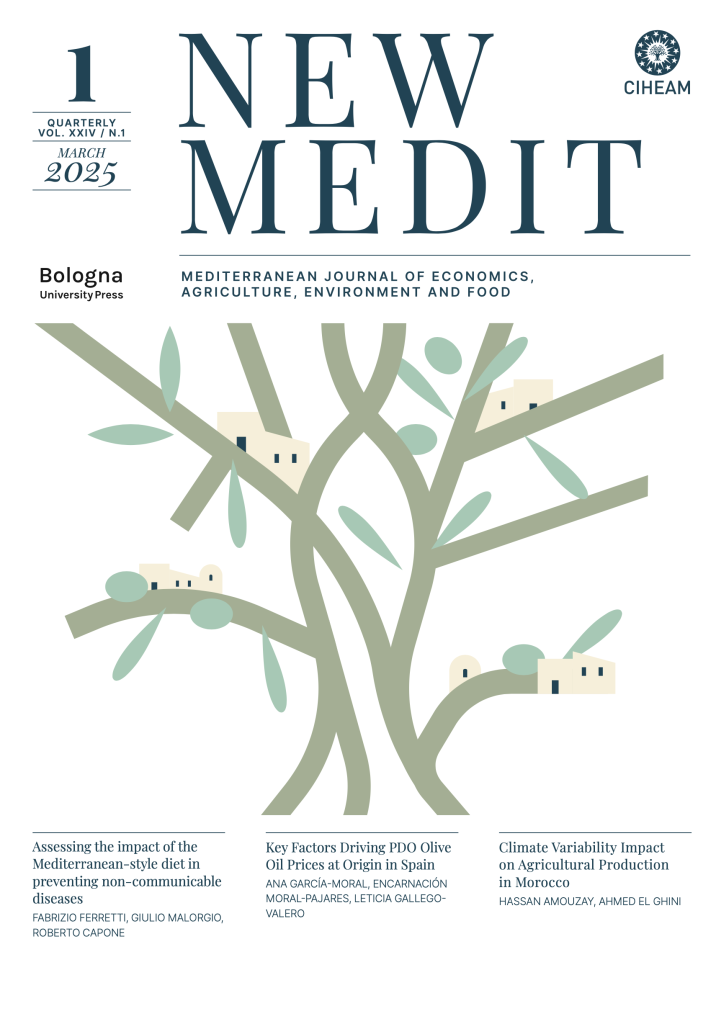The study focuses on dairy cattle farming systems and the sources of innovation for breeders in the Setif and Souk-Ahras dairy basins recognized by cereals, dairy cattle breeding and irrigated crops. A sample of 140 family farms was selected and surveyed between 2017 and 2018. A typology of livestock systems was constructed using of a PCA and AHC. The results show three groups. G1 retains 68% of breeders with small farms, combining polyculture with dairy cattle breeding; G2, 30% of breeders, the farm is medium-sized and the productive orientation is mixed farming and dairy cattle breeding; G3, made up of large grain farmers and mixed cattle breeders (milk/meat). The cattle breeds exploited are Red Holstein and Montbeliard, 74% dominant. The origin of innovation relating to breeding practices comes mainly from local socio_x0002_technical networks, whereas formal extension by public services is ineffective (0.64 %). It appears that group1 occupies the first position in terms of acquiring information on innovations, followed by G2 and 3. Socio-technical networks operate from 27 to 33% in the 3 groups. The veterinarian contributes 25% in G1 and 2; at 41% in G3.











